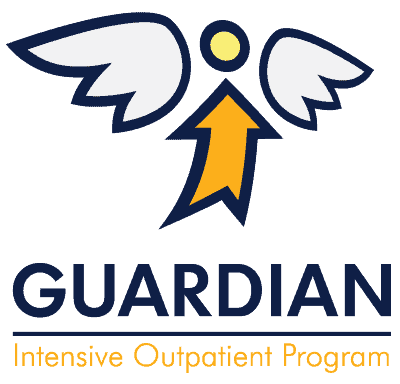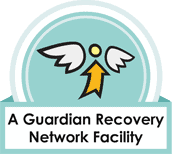Therapy is the cornerstone of an effective drug treatment program. Whether done individually or in a group format, therapy allows those struggling with substance abuse to address the deep underlying issues that have kept them stuck in their addiction. Additionally, therapy gives those new in recovery the tools and support they need to overcome their substance abuse issues.
While there are many different therapeutic approaches to choose from, there may be those addicts whose past trauma may be too deep and painful for those approaches to be effective. For those clients, innovative treatment approaches such as EDMR may provide them with the breakthrough they need to break the cycle of addiction once and for all.
What is EMDR Therapy?
EMDR therapy for addiction is a form of psychotherapy that is specifically designed to help people deal with the overwhelming and often paralyzing stress that is associated with past traumatic memories. Known as eye movement desensitization and reprocessing therapy, it was created in the early 1990’s by New York University psychologist and educator Dr. Francine Shapiro and was based on her observations and research that specific eye movements can have a desensitizing effect on those who experience distressing memories or trauma in their lives.
For those who are addicted to substances, traumatic experiences often lie at the root of mental disorders such as anxiety, depression and PTSD, and these are very common co-occurring disorders in those who have a drug and alcohol addiction. In EMDR treatment, therapists focus on the eye movements of an individual who constantly relives traumatic events from their past. Research has shown that their eye movements often resembled those of people who are in REM sleep and are dreaming.
Through the help of EMDR therapy, clients learn ways to calm their eye movements and thoughts. As a result, they can better process the stressful thoughts and feelings they feel in a healthy manner.

How Does an EMDR Session Work?
EMDR therapy for addiction treatment involves several distinct phases. In the initial sessions, therapists will work with the client and discuss the specific problem or problems they are experiencing. Using this information from the client, the therapists create a specific treatment plan. The length of this planning stage can either be one session or can last several sessions depending on the severity of the client’s issues.
Once the planning stage has been completed, the therapist starts working with the client in teaching him or her specific techniques that can be used to deal with traumatic memories when they arise. The main goal of this step is to establish trust between the therapist and client. Once the client learns these basic “calming” techniques, the therapist will then ask the client to pick a specific traumatic memory or event. When they pick that event, the client chooses a negative self-belief associated with that event. The client will then be asked to pick a positive self-statement they would rather hold.
With that specific event or moment, the therapist will ask the client to focus on that image, the negative emotions tied to that image, and any bodily sensations that are tied in with those feelings.The therapist will usually ask the client to follow a moving object with their eyes and after a set of movements, the client will report what they are feeling and experiencing. The client will then be asked to concentrate on and increase the strength of the positive belief they had identified to replace their original negative belief. The client is asked to hold on to this new and healthier belief and make it stronger.
After the positive belief has been strengthened, the therapist will ask the person to bring the original target event to mind to see if the client experiences any residual tension in their body. If there is any tension, the therapist will ask the client to focus on these lingering sensations and repeat the above steps until those feeling resolve. At the end of each EMDR session, the therapist gives the client encouragement and support and may give them additional coping techniques to utilize. When the next session begins, the therapist will ensure that the positive results have been maintained and will work to identify new areas to work on.
How Long Does EMDR Treatment Last?
EMDR is designed to be a complementary short-term therapy option to be used in conjunction with other therapies such as CBT, reality therapy and family therapy. On average, people who undergo this form of therapy will go through 5 to 15 sessions, but more may be needed if a client’s problem is seen as severe.
If you need more information on this innovative form of therapy, the addiction professionals at Guardian Recovery Network are available around the clock to answer your questions. Don’t wait another minute to address your addiction, call Guardian Recovery Network today!




















